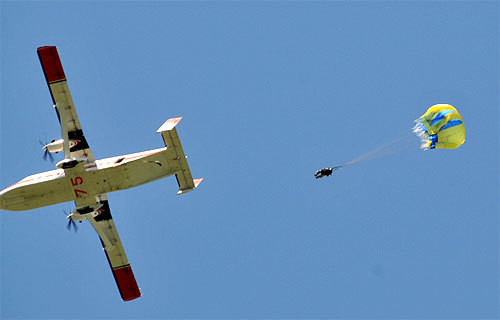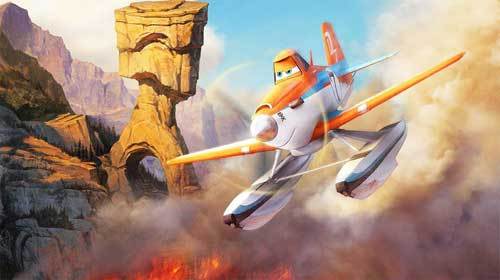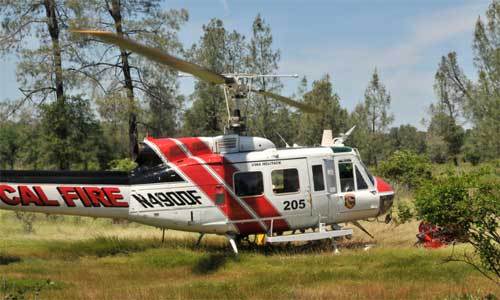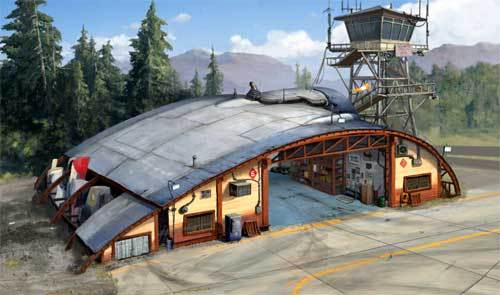"Do your research."
That is the lesson that John Lasseter -- Chief Creative Officer of Walt Disney & Pixar Animation Studios -- has repeatedly drilled into the artists that he works with. That before they jump feet-first into developing a brand-new animated feature, these filmmakers must first understand the world that this movie's characters are supposed to occupy.
In the case of Pixar's "Up," this meant that Pete Docter and his production team had to go to Venezuela. Where it then took them three days of hard traveling by airplanes, jeeps & helicopters before they finally reached Mount Roraima (i.e., the highest point of the Pakaraima chain of tepui plateau in South America) and Angel Falls.
And when it came to Disney "Frozen," animators & effects artists flew to Jackson Hole, WY in the middle of winter. Just so that they could then don authentic period clothing like long skirts and mush through deep snow. So that -- when it came time to animate Anna's struggle to reach Wandering Oaken's Trading Post & Sauna -- they could then get all of the details just right.
But when it came time to research "Planes: Fire & Rescue," the story team from Disneytoon Studios didn't get to fly off to South America or Wyoming. They just hopped in a car and drove on down to the Hemet-Ryan Air Attack Base. Where they then talked with dozens of aerial firefighters who work for the California Department of Forestry and Fire Protection AKA CalFire.
"We worked with these guys for four years," Paul Gerard, the director of Creative Development for Disneytoon Studios, explained. "And CalFire helped us so much with 'Fire & Rescue.' They let us know everything that you'd possibly want to know about Air Attack. And we'd then not only try to incorporate as much of that information as we possibly could into our film ... Well, we'd also invite members of the Air Attack team to come look at our movie while it was still on reels. We'd then take the additional notes that these guys gave us and fold them into our film to make 'Fire & Rescue' as authentic as possible."
Now I know that -- especially for folks outside of the animation industry -- that it may sound kind of strange that Disneytoon Studios would put this much effort into a sequel to 2013's "Planes." Given that the first film in this series had been such a success ... Well, it must have been awfully tempting to just put this project on auto-pilot. Have Dusty Crophopper compete in yet another 'round-the-world race.
"But that's not how we do things here at DisneyToon Studios," said Jeffrey M. Howard -- the co-screenwriter of both the original "Planes" as well as "Fire & Rescue." "We weren't looking to repeat ourselves with the second film in the 'Planes' series. We wanted to do different things with Dusty this time around. Have him go off and explore an entirely different corner of his world."
Which -- given that the central character of this series is a crop duster turned world-class racer -- was something of a challenge. But it was actually "Fire & Rescue" director Bobs Gannaway who, during the research phase of this Disneytoon Studios production, stumbled across the factoid which eventually allowed Dusty to soar off in an entirely new direction.
"It was Bobs -- as he was researching the history of agricultural airplanes -- who discovered that these planes had also been used for firefighting. Only instead of dropping chemicals & fertilizer on fields, they'd then drop water on burning forests," Howard continued. "And it was that neat bit of trivia -- that crop dusters had once been used as single engine air tankers -- that then allowed us to step away from the world of racing and go explore this entirely different aspect of aviation."
Which is why Jeffrey, Bobs & Paul made their first trip to Hemet-Ryan Air Attack Base back in 2010. But what they thought was going to be a simple research trip suddenly changed the overall theme of their film.
"Now you have to understand that a lot of us who worked on these movies were big aviation geeks. So we were like 'Show us the planes. Let us see what you have,' " said Howard said. "And as the folks at Hemet-Ryan showed us their fleet, we discovered that all of their aircraft are repurposed. I mean, there's actually one aircraft in the Western World that's been purpose-built specifically for firefighting. Everything else was originally built to do something else."
"Take -- for example -- the S2, CalFire's main tanker. It used to be a sub fighter. And the OV-10 Bronco was a military reconnaissance plane. While the Huey had dozens of roles going all the way back to Vietnam," Jeffrey continued. "So all of these aircraft had originally been designed to do other things. But now that they were part of the Air Attack fleet, they all had these brand-new lives doing different & challenging things. And taking that into account ... Well, that's when the idea that 'Fire & Rescue' might then become this story about second chances began formulating in our heads."
So to get better acquainted with the world of CalFire, the folks at Disneytoon Studios regularly began making the 95-mile drive from the Disney Media Campus in Glendale to Hemet-Ryan Air Attack Base in Riverside. Where Battalion Chief Travis Alexander was happy to throw open the door and let Disney's artists get better acquainted with the world of aerial firefighting.
"They let us see everything, including the red stuff which they drop on fires. They call it slurry or mud. And it's red so you can then see it as you drop it out of a plane. You can see from a distance. And it has the sort of consistency of snot," Gerard stated. "Now I have an 8 year-old son. So I know a lot about snot. And that's the stuff that they fill up the S2 with. Because on the sub hunter, they've built in these tanks. And on the back, they have this double gauge to just plug in and they then load up this plane up with slurry."
"Now you have to understand that -- when you're working with artists & animators -- we're just a bunch of big kids. So as soon as you'd say 'Hey, this slurry feels like snot,' a bunch of animators would then immediately say 'Let me feel,' " Jeffrey laughed.
The other thing that Gannaway, Gerard & Howard discovered as they continued to hang out at Hemet-Ryan Air Attack Base was that it wasn't just the aircraft that had been repurposed. That a lot of the base's buildings / support structures had either been repurposed or built from scratch.
"We'd point at some building and say 'Has that always been here?' And the Air Attack team members would say Nope. 'We just got some lumber and some corrugated metal and put it up ourselves,' Jeffrey continued. "Everywhere you looked around the Air Attack base, the CalFire crew had made smart use of repurposed materials. Take -- for example -- the cabinets where they store their giveaway t-shirts and coffee mugs. These cabinets used to belong to this video game store that was just down the road. They were where that store used to store all of their Nintendos. That video store was just giving these cabinets away because they didn't need them anymore. CalFire snatched these cabinets up and put them to great use at the Air Attack base. And that look -- this place where the pieces didn't often look like they quite fit together because they're actually made up of all this hand-me-down equipment -- began to inform the look & design of 'Fire & Rescue.' "
Mind you, this isn't to say that everyone at Disneytoon Studios was immediately on board with the idea that Dusty Crophopper's next adventure should be set in the world of aerial firefighting.
"Just like at Walt Disney Animation Studios & Pixar, we have a story trust at Disneytoon Studios that directors can pitch their stories to. And one time after Bobs had pitched the story for 'Fire & Rescue,' one of the other directors here said 'It's really convenient -- from a story-telling point-of-view -- that just as Dusty lands, the klaxon goes off, there's this fire and the team then has to go fight it," Paul said.
"But here's the thing: One time when we had brought all of our artists down to Hemet-Ryan to talk with the Air Attack team and draw all of their planes, that actually happened to us. The klaxon went off and we then had to quickly get all of our artists off of the runway," Gerard continued. "And we were like 'Wow! A fire!" And the Air Attack team was like 'You guys only hear about the big ones.' And then they took off."
FYI: That "You only hear about the big ones" line actually wound up in the movie. As did Hemet-Ryan Air Attack's funky hand-me-down quality as well as its repurposed air fleet. Which is why -- if you want to see the most authentic film that's been made about aerial firefighting in the past 50 years -- then you really need to go see Disneytoon Studios' "Planes: Fire & Rescue." Which opens in theaters this Friday.







